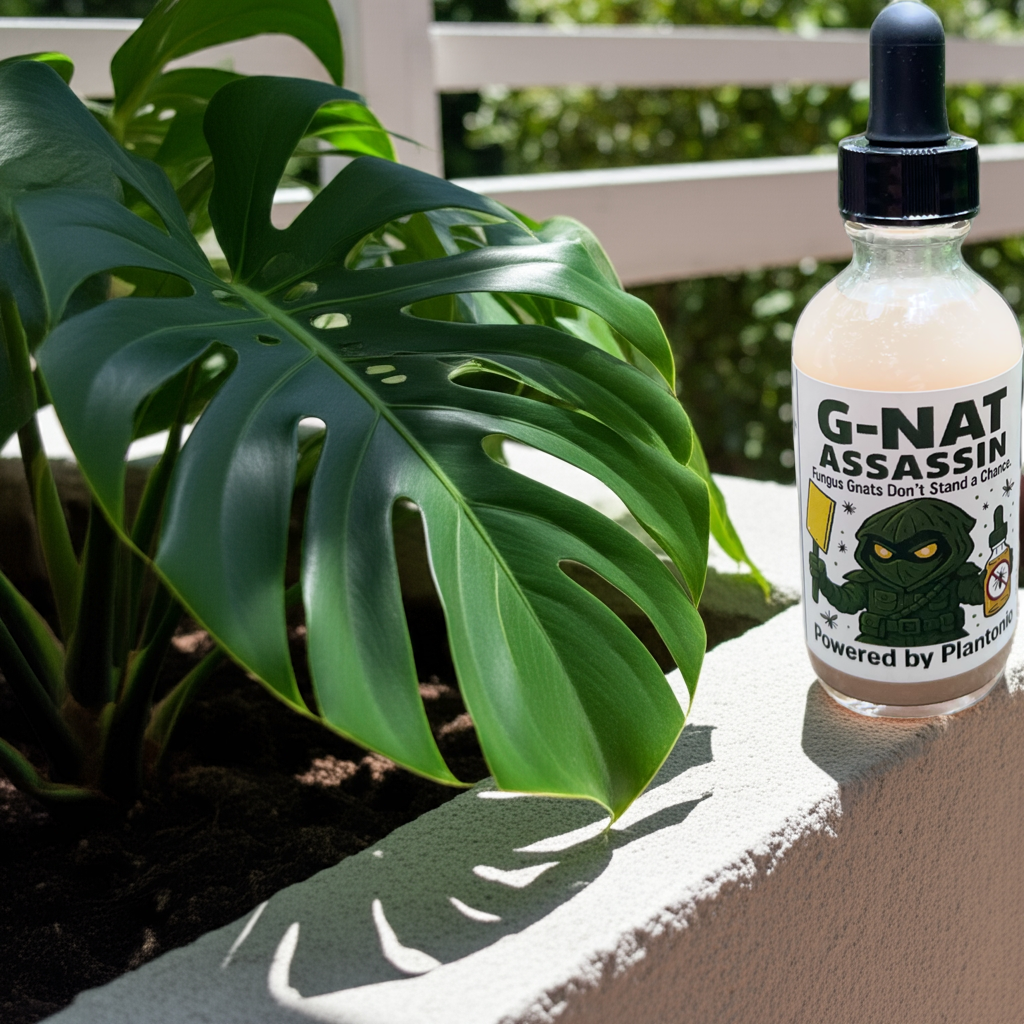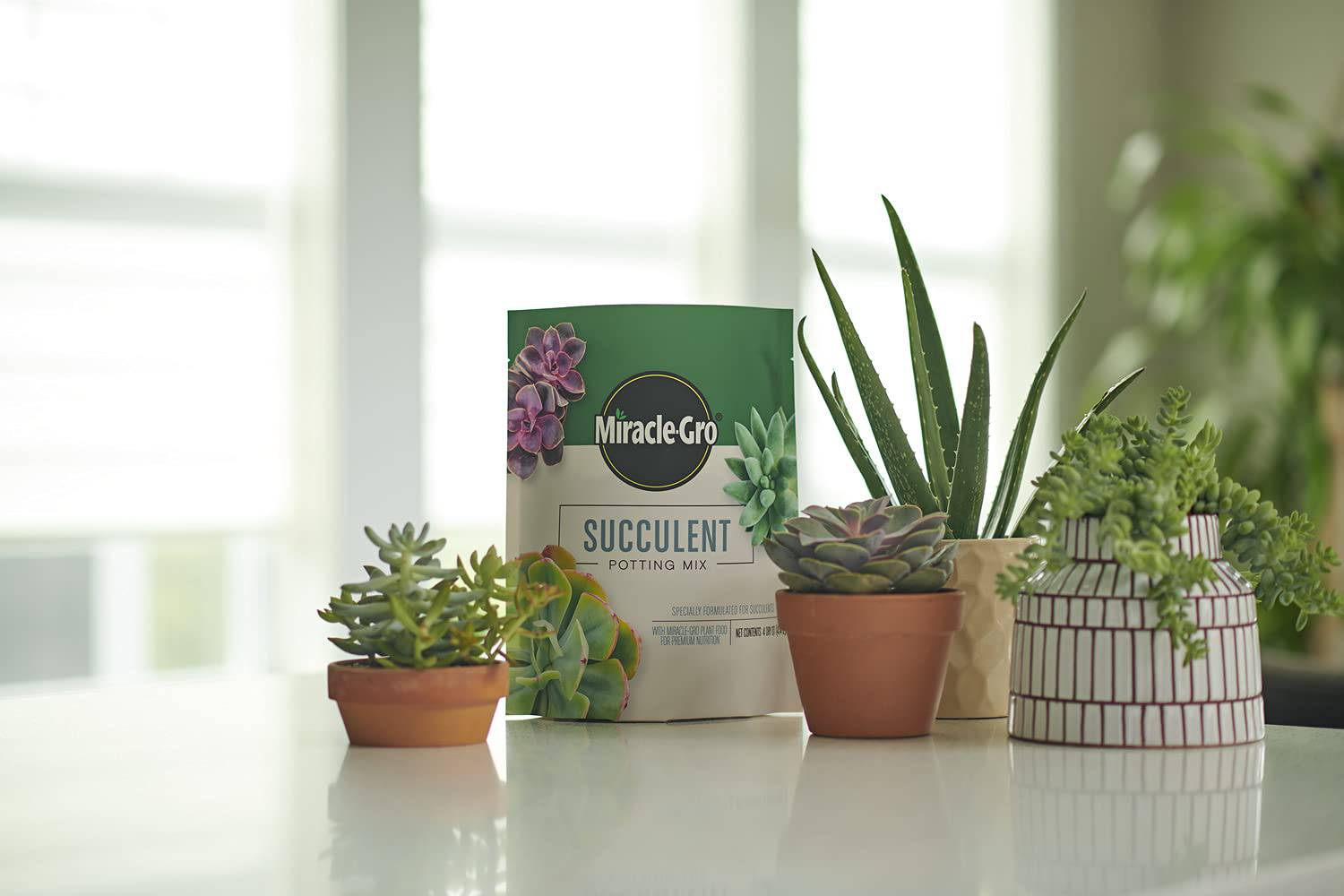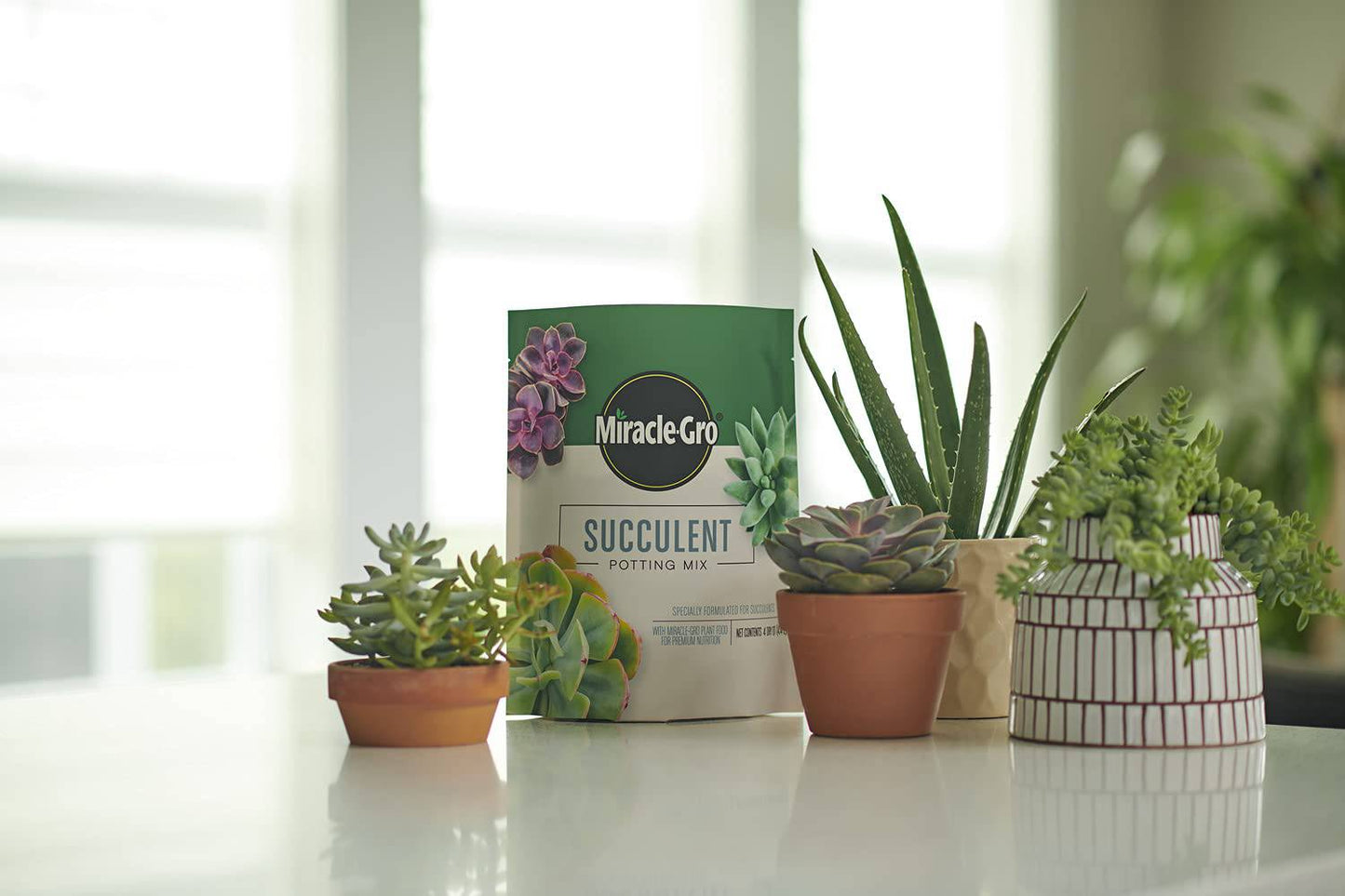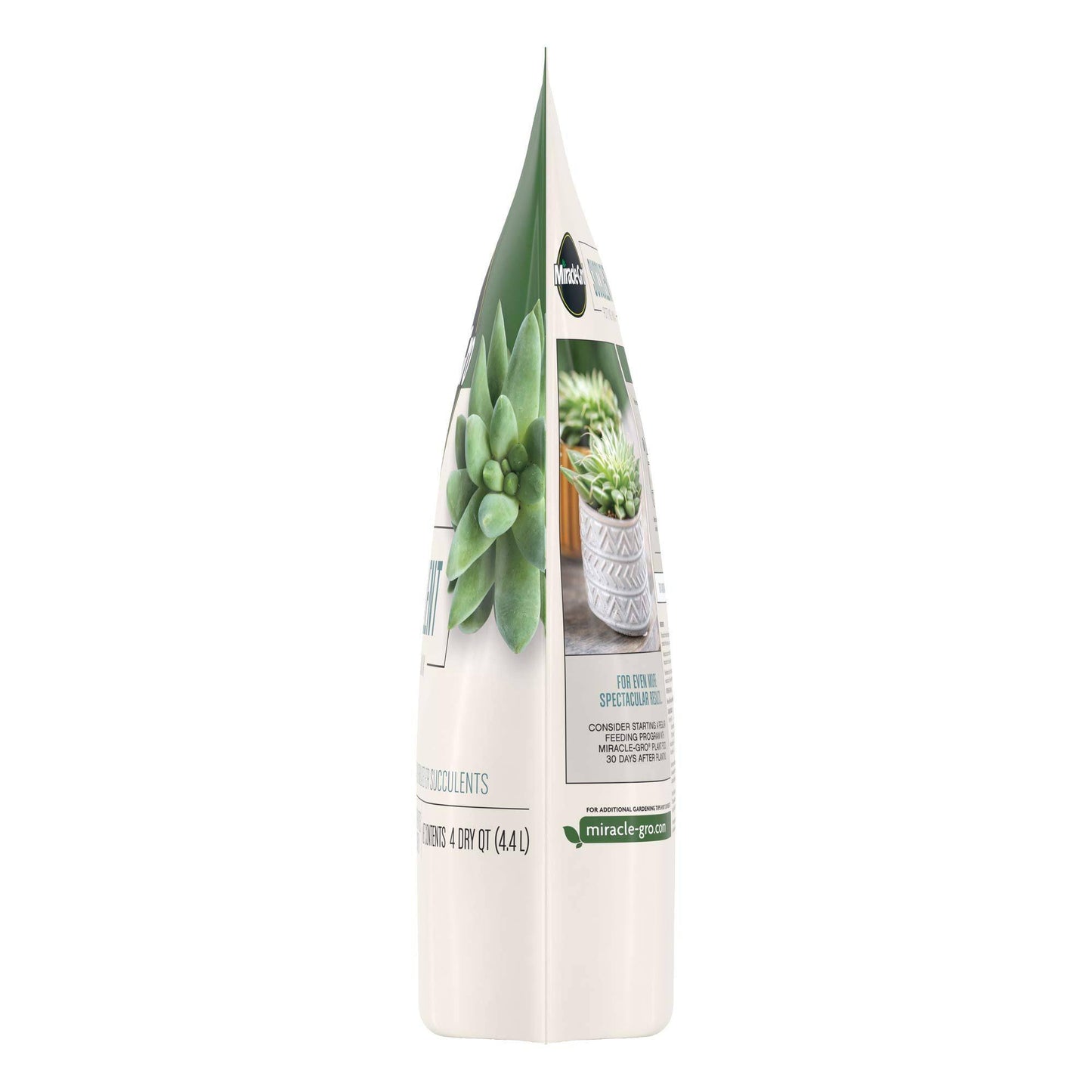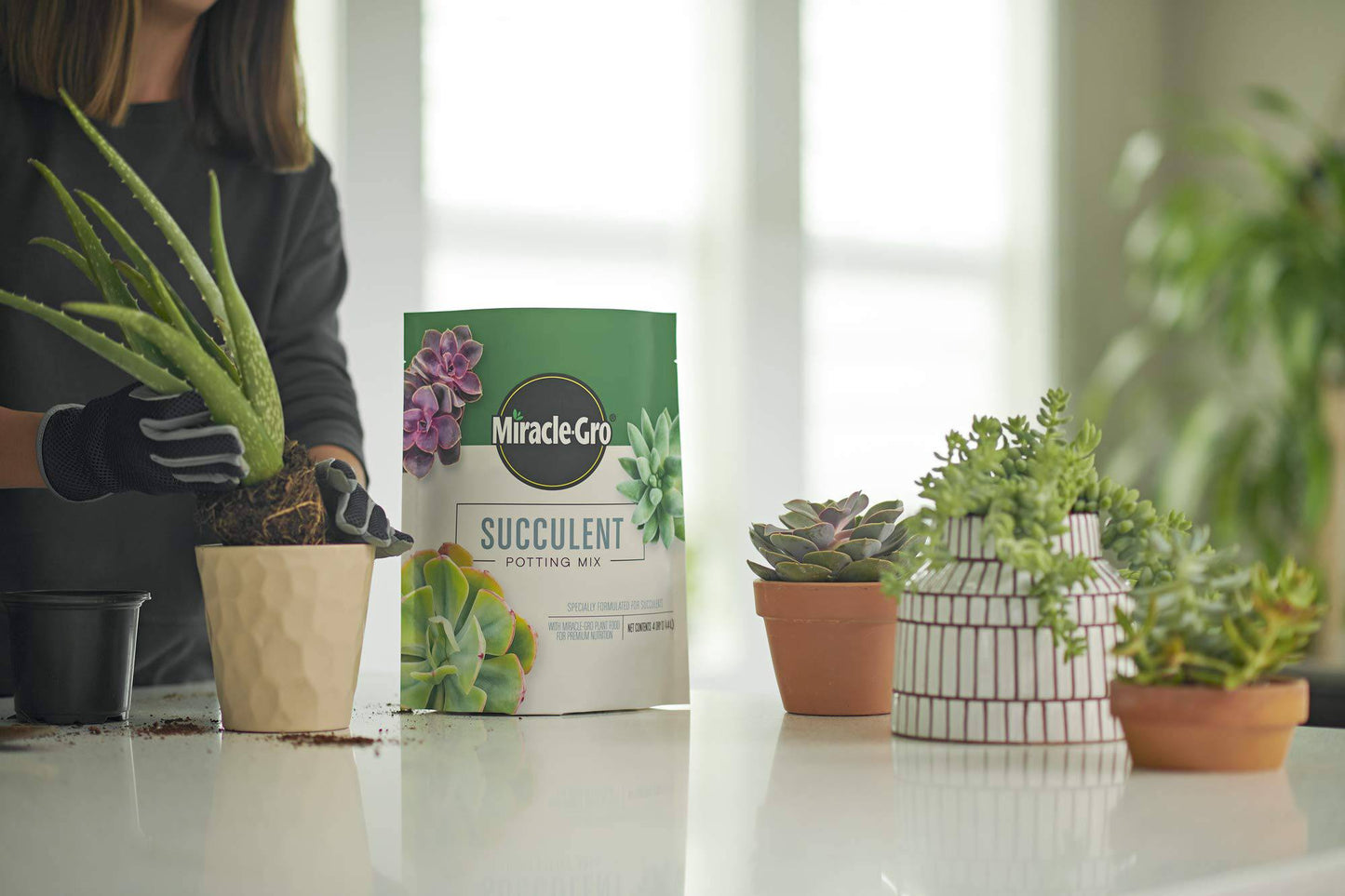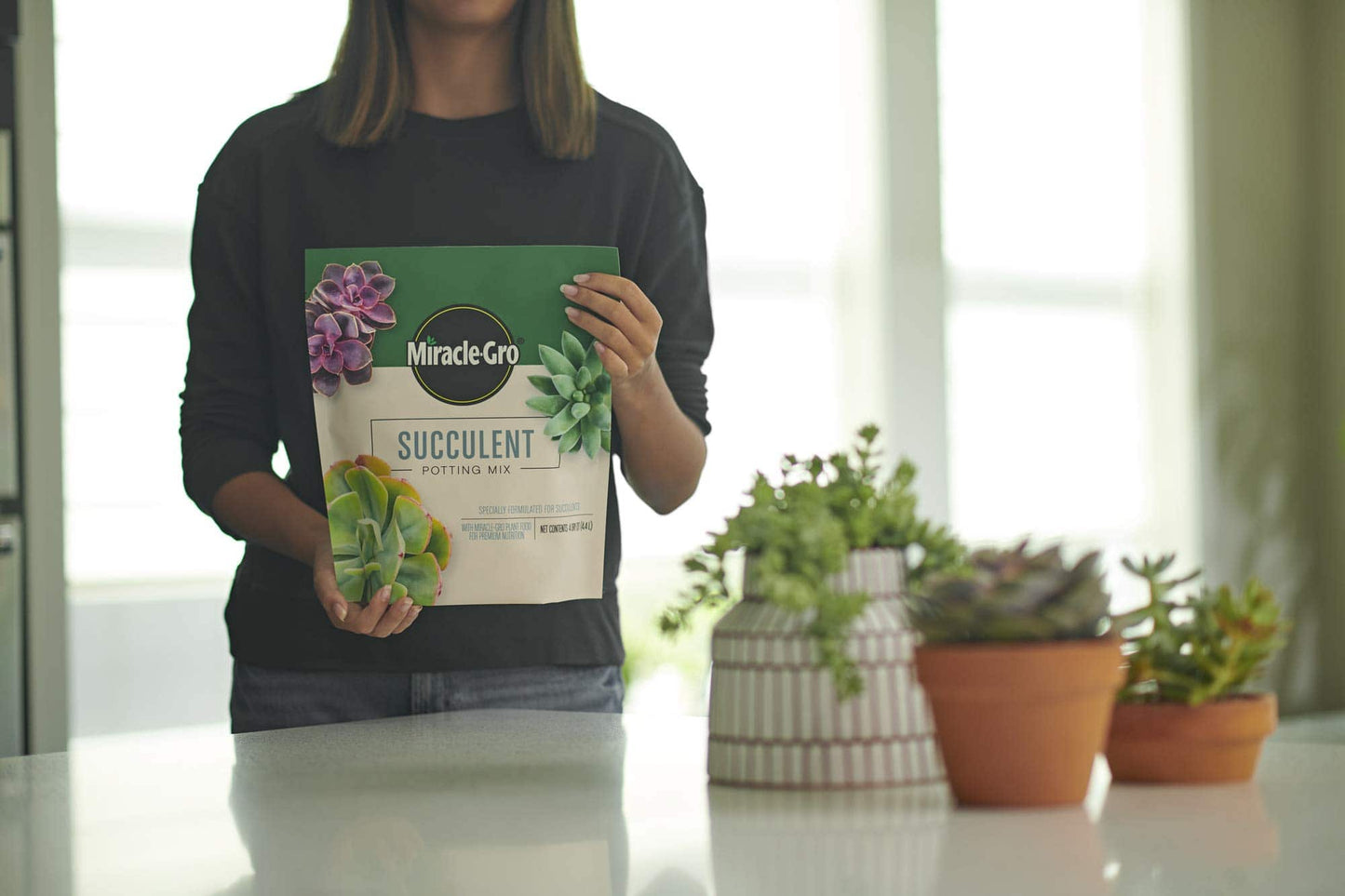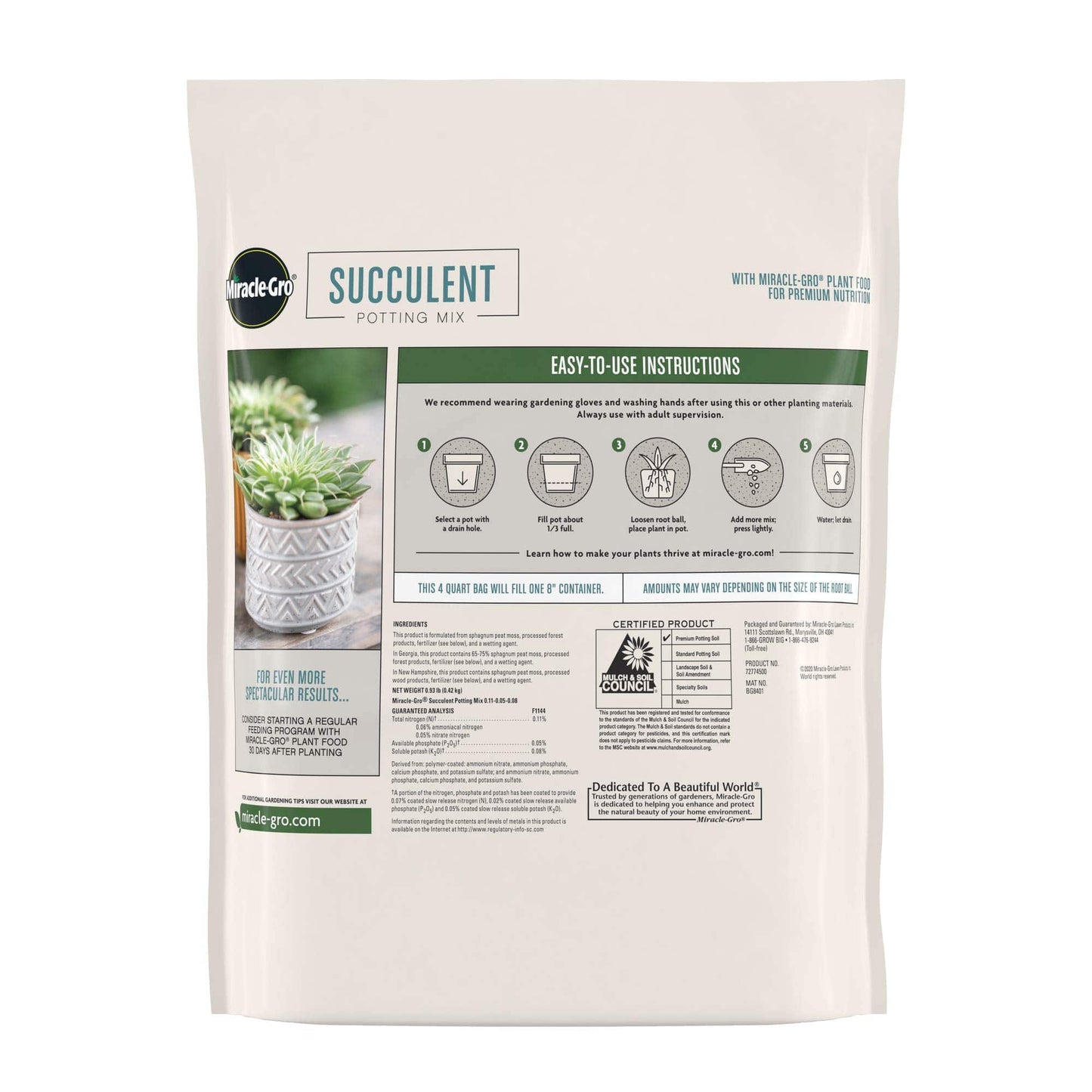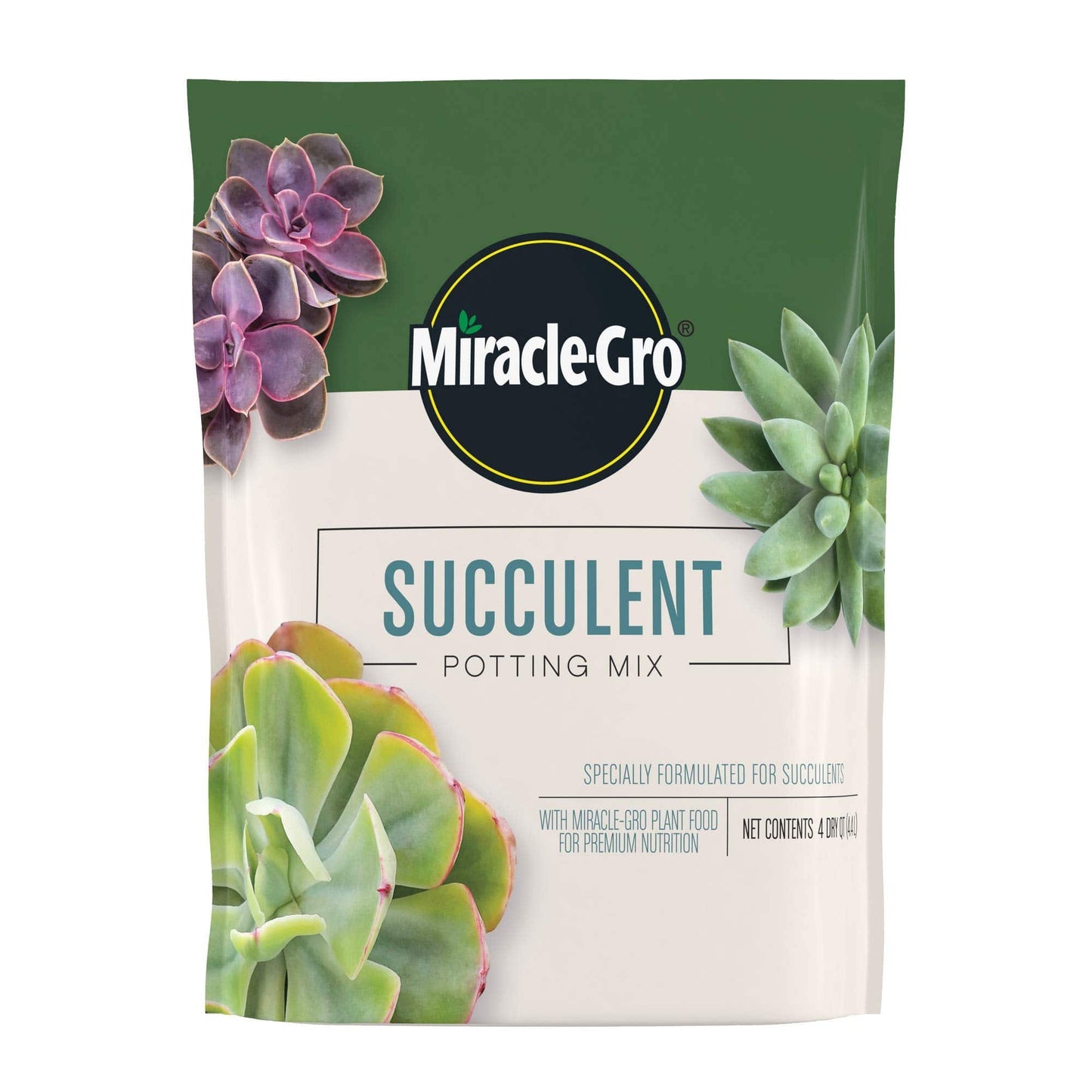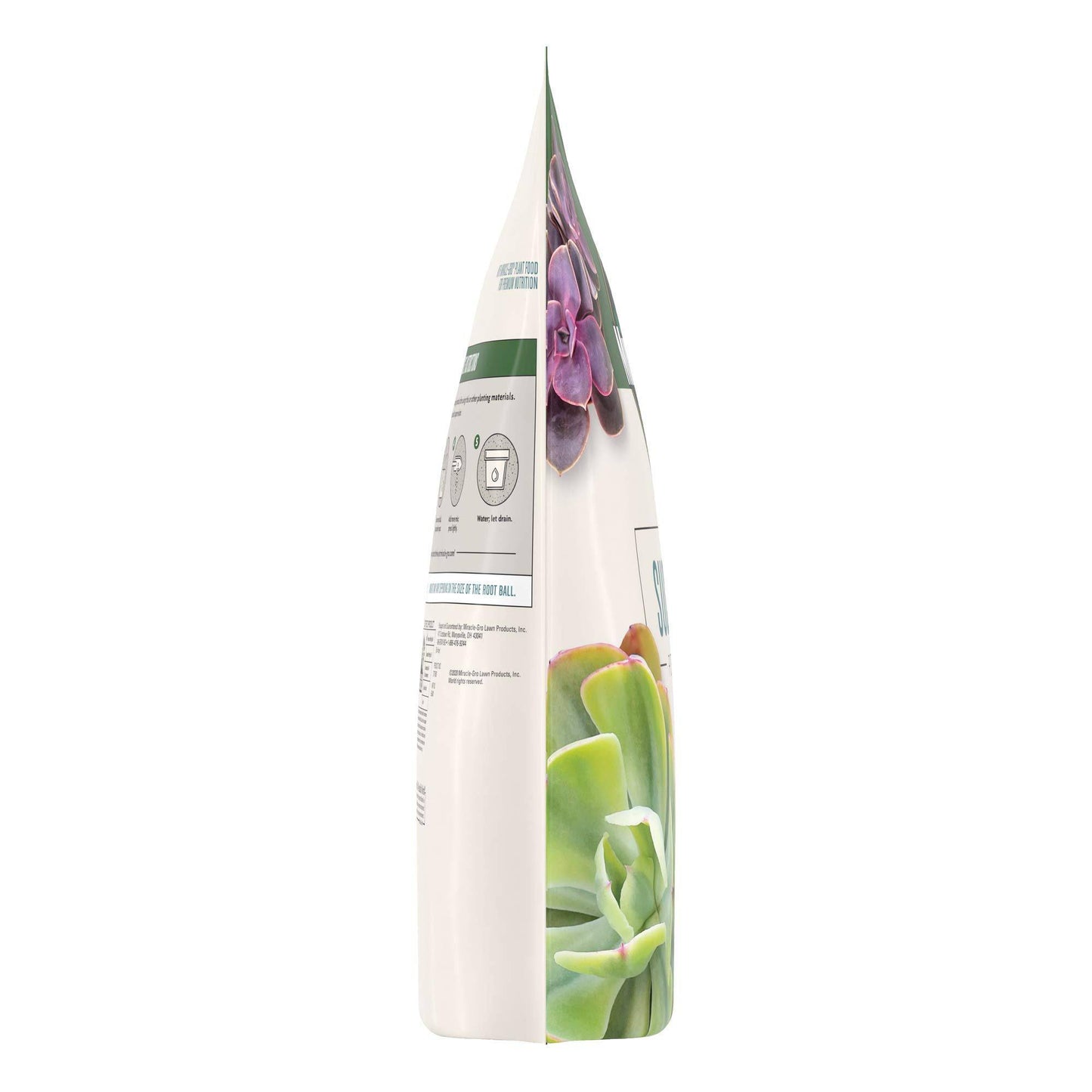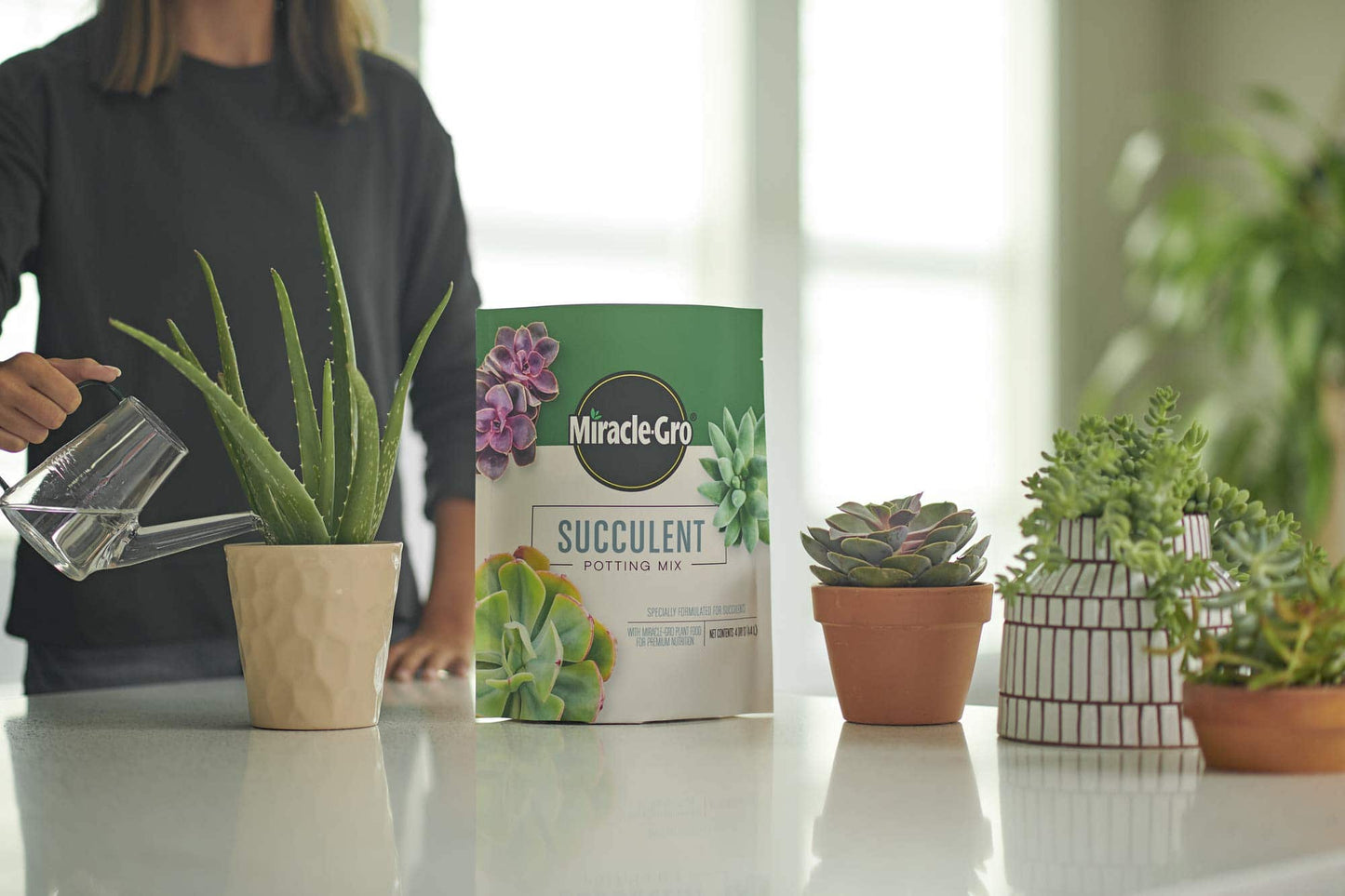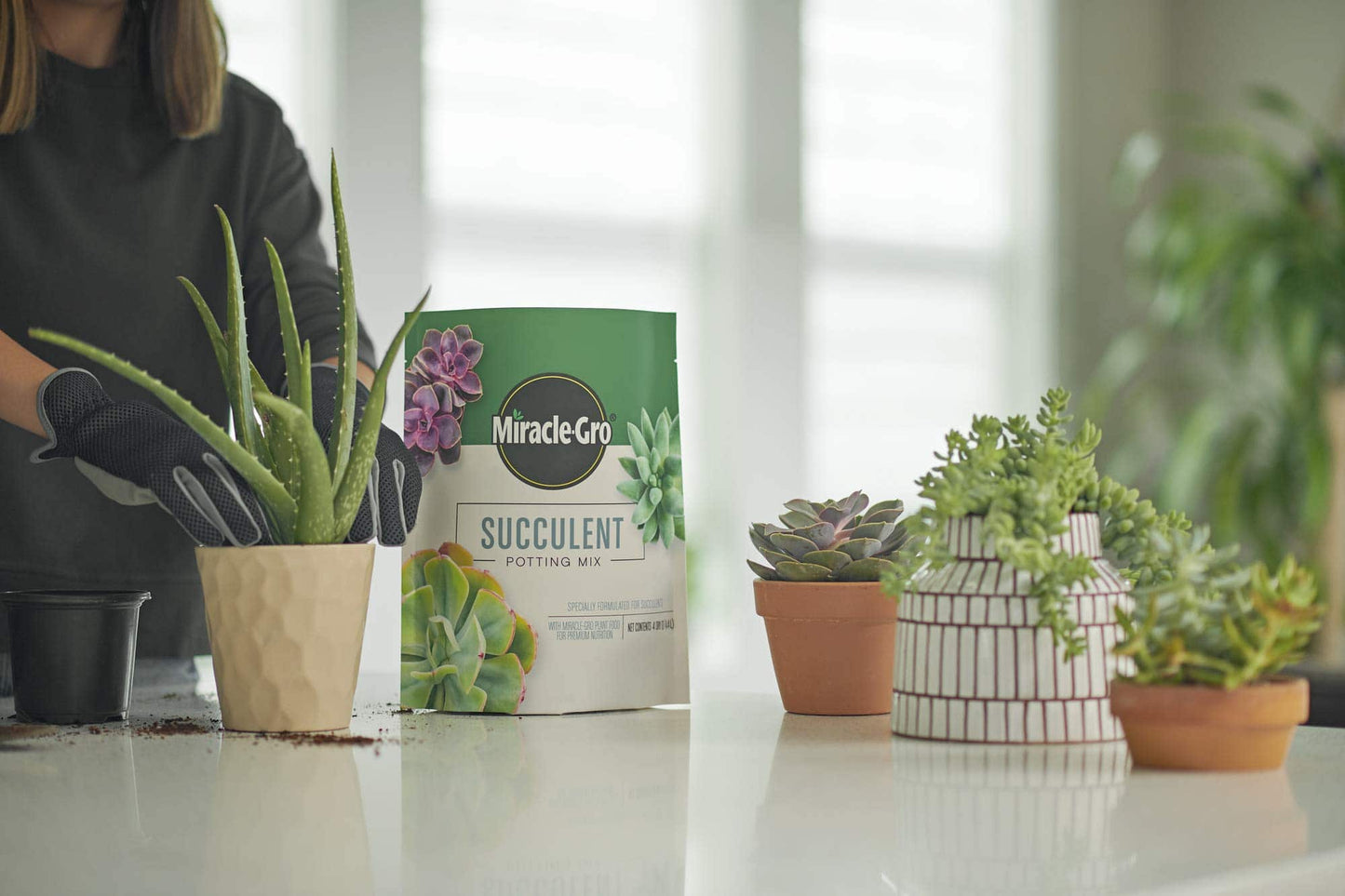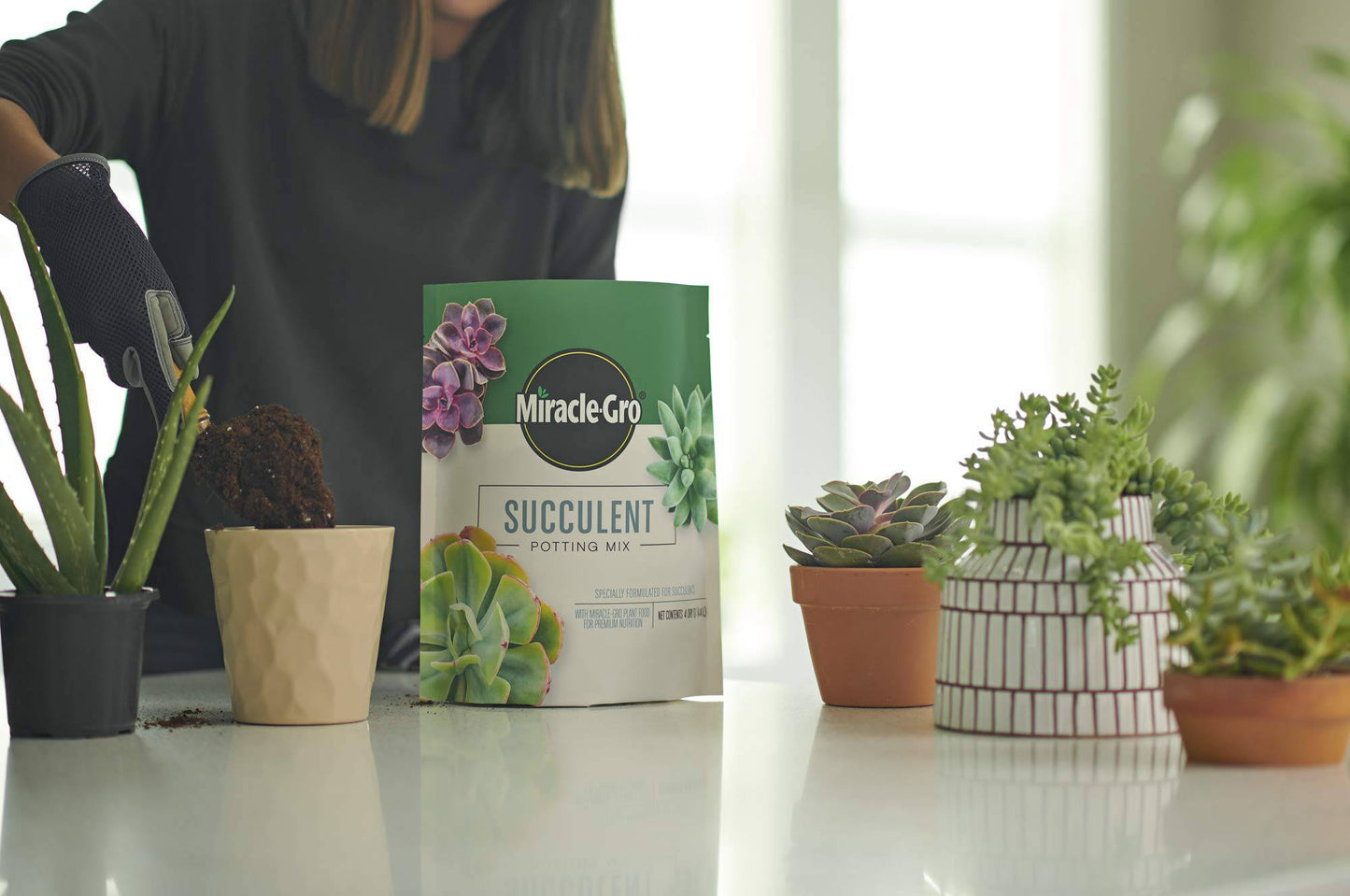Indoor plant propagation techniques hold the key to unlocking a world of green possibilities right within your home. Have you ever wondered how to multiply your plant collection without spending a fortune or where to begin your propagation journey? Delve into this comprehensive guide to discover the secrets of successful indoor plant propagation and watch your indoor garden flourish with lush greenery and vibrant plant babies.
Understanding the Basics of Indoor Plant Propagation
Methods of Indoor Plant Propagation
Indoor plant propagation techniques vary depending on the type of plant you are working with. Here are some common methods:
-
Seed Propagation
Collect seeds from mature plants
Plant seeds in a seed-starting mix
Provide adequate light and moisture for germination
-
Cutting Propagation
Take stem cuttings from healthy parent plants
Dip the cut end in rooting hormone
Place the cutting in a pot with well-draining soil
Keep the soil moist until roots develop
-
Division
Divide root-bound plants into smaller sections
Plant each section in its own pot with fresh soil
Water thoroughly after dividing to promote new growth
Ideal Conditions for Successful Propagation
To ensure successful indoor plant propagation, it's essential to provide the right conditions:
Optimal Temperature: Most indoor plants thrive in temperatures between 65-75°F (18-24°C).
Adequate Light: Provide bright, indirect light for optimal growth.
Humidity: Maintain high humidity levels by misting plants or using a humidifier.
Watering: Keep the soil consistently moist but not waterlogged.
Patience: Propagation takes time, so be patient and monitor the progress of your plant cuttings or seeds.
For more detailed information on specific indoor plant propagation techniques, you can refer to this comprehensive guide on The Sill's website.
Essential Tools and Materials for Indoor Plant Propagation
Must-Have Tools for Successful Indoor Plant Propagation
When venturing into the world of indoor plant propagation, having the right tools at your disposal can significantly impact your success. Here are some essential tools and materials you'll need:
Pruning Shears: Sharp and clean pruning shears are crucial for taking precise cuttings from parent plants without causing unnecessary damage.
Rooting Hormone: A rooting hormone solution aids in encouraging root development in plant cuttings, increasing the chances of successful propagation.
Propagation Containers: Choose containers that provide adequate drainage to prevent waterlogging and promote healthy root growth.
Suitable Potting Mix: Use a well-draining potting mix that is specifically formulated for propagation to provide the necessary nutrients and support for young plants.
Where to Find Quality Tools and Materials
For a wide selection of high-quality indoor plant propagation tools and materials, consider exploring products from reputable companies like The Home Depot. Their gardening section offers a variety of tools suitable for all levels of plant propagation enthusiasts.
By investing in premium tools and materials, you set yourself up for a rewarding and successful indoor plant propagation journey.
Step-by-Step Guide to Propagating Indoor Plants
Preparing the Parent Plant for Propagation
Before you embark on the propagation journey, it's crucial to ensure the parent plant is healthy and ready to produce viable cuttings or seeds. Follow these steps to prepare the parent plant:
Inspect for Health: Check the parent plant for any signs of disease or pest infestations and address them promptly.
Choose the Right Growth Stage: Select a parent plant that is mature and vigorous to increase the success rate of propagation.
Prune Carefully: Use sharp pruning shears to take cuttings or collect seeds, ensuring clean cuts for optimal propagation.
Taking Cuttings or Collecting Seeds
The next step in the indoor plant propagation process is to obtain cuttings or seeds from the parent plant. Here's how to do it effectively:
Cutting Method: Take stem cuttings just below a node for optimal rooting potential.
Seed Collection: Collect seeds from mature plants and store them in a dry, cool place until ready for planting.
Labeling: Properly label your cuttings or seeds to keep track of different plant varieties and propagation methods.
Propagating in Water vs. Soil
Indoor plants can be propagated in either water or soil, depending on their specific needs and your personal preference. Here are the advantages of each method:
Water Propagation: Allows you to observe root development easily and requires minimal monitoring.
Soil Propagation: Provides a more natural transition for rooted cuttings and promotes acclimatization to soil conditions.
Following these steps will set you on the path to successful indoor plant propagation and help you expand your green oasis with thriving plant babies.
Troubleshooting Common Issues in Indoor Plant Propagation
Identifying and Addressing Potential Challenges
Indoor plant propagation can sometimes encounter obstacles that hinder the growth and success of your plant cuttings or seeds. Here are some common issues and how to troubleshoot them effectively:
-
Yellowing Leaves:
Cause: Overwatering or nutrient deficiencies.
Solution: Adjust watering frequency and consider applying a balanced fertilizer to replenish essential nutrients.
-
Mold Growth:
Cause: Excessive moisture and poor air circulation.
Solution: Increase ventilation around your propagating plants and avoid over-saturating the soil.
-
Root Rot:
Cause: Waterlogged soil or fungal infections.
Solution: Repot cuttings into fresh, well-draining soil and ensure proper watering practices to prevent root rot.
-
Stunted Growth:
Cause: Inadequate sunlight or lack of nutrients.
Solution: Move plants to a brighter location and consider feeding with a suitable plant fertilizer to promote healthy growth.
By promptly addressing these common issues during indoor plant propagation, you can enhance the chances of success and cultivate thriving plant specimens in your indoor garden.
Advanced Tips for Successful Indoor Plant Propagation
Optimizing Growth with Advanced Techniques
To take your indoor plant propagation skills to the next level, consider implementing these advanced tips for a more successful and efficient propagation process:
-
Using Grow Lights for Optimal Growth:
Supplemental grow lights can provide consistent light levels essential for healthy growth, especially in spaces with limited natural light.
-
Seasonal Considerations for Propagation:
Timing your propagation efforts during the plant's active growth phase can boost success rates. Some plants propagate best during specific seasons.
-
Monitoring Humidity Levels:
Maintaining adequate humidity levels is crucial for root development and overall plant health. Consider using a humidity monitor to ensure optimal conditions.
External Resource for Further Guidance
For in-depth insights into advanced indoor plant propagation techniques and expert tips, explore the resources provided by reputable plant care companies like The Sill. Their comprehensive guides can offer valuable information to enhance your propagation skills and promote thriving indoor plant propagation.
Celebrating Success: Potting and Caring for Newly Propagated Indoor Plants
Transitioning Newly Propagated Plants to Individual Pots
After the joy of successful propagation, it's essential to provide the right environment for your new plant babies to thrive. Here are key steps to potting and caring for newly propagated indoor plants:
-
Transferring Propagated Plants to Individual Pots:
Select appropriately sized pots with drainage holes to prevent waterlogging.
Fill the pots with a well-draining potting mix suitable for the plant species.
Gently plant the propagated cuttings or seedlings and water thoroughly.
-
Post-Propagation Care Tips for Healthy Growth:
Place the newly potted plants in a location with adequate light and adjust watering frequency according to plant needs.
Monitor for signs of stress or nutrient deficiencies and address promptly to support healthy growth.
Enjoying the Fruits of your Propagation Efforts
Watching your propagated indoor plants flourish is a rewarding experience. By providing the right care and attention post-propagation, you can nurture them into thriving additions to your indoor plant collection. Celebrate your successful propagation journey and revel in the lush greenery that fills your space.
Sustainability and Eco-Friendly Aspects of Indoor Plant Propagation
Promoting Green Living Through Indoor Plant Propagation
Indoor plant propagation techniques not only allow you to expand your plant collection but also contribute to sustainability efforts and eco-friendly practices. Here's how propagation can be a green solution:
-
Reducing the Need for Store-Bought Plants:
By propagating plants at home, you decrease the demand for commercially grown plants, reducing the environmental impact of mass production.
-
Decreasing Carbon Footprint Through Home Propagation:
Growing plants at home minimizes transportation emissions associated with importing plants, contributing to lower carbon emissions.
-
Sharing Propagated Plants with Others:
Sharing your propagated plants with friends, family, or local community members promotes a culture of sustainability and plant-loving enthusiasts.
External Resource for Sustainable Plant Care
For more insights on sustainable plant care practices and eco-friendly gardening tips, consider exploring resources from leading companies like The Sill. Their commitment to promoting sustainable plant care aligns with the values of eco-conscious indoor plant enthusiasts looking to make a positive impact on the environment through their propagation efforts.
Propagation Techniques for Specific Indoor Plants
Tailoring Propagation Methods to Different Plant Varieties
When it comes to indoor plant propagation techniques, different plants may require specific approaches for successful growth. Here are propagation methods tailored to popular indoor plant varieties:
-
Pothos: Easy Propagation from Stem Cuttings
Snip a healthy vine with at least two nodes and place it in water or soil to root.
Pothos cuttings root readily in water and can be transferred to soil once roots develop.
-
Monstera: Propagating Through Aerial Roots
Locate a mature stem with aerial roots and cut it below a node.
Plant the cutting in well-draining soil or propagate in water until roots form.
-
Philodendron: Division Method for Propagation
Divide a mature philodendron plant at the root ball to create new individual plants.
Replant each divided section in fresh soil to encourage growth.
-
Ferns: Spore Propagation Guide
Collect mature fern spores and sprinkle them on a suitable potting mix.
Maintain high humidity levels to support spore germination and fern growth.
For further guidance on specific propagation techniques for indoor plant varieties, refer to reliable resources such as the plant care guides provided by reputable companies like The Sill that offer detailed insights into successful propagation practices for various plant species.
Tips for Successful Indoor Plant Propagation Techniques
1. Understanding the Importance of Timing
Propagation success often hinges on timing. Consider factors like the plant's growth stage, seasonal conditions, and optimal timing for propagation to ensure the best results.
2. Nurturing with the Right Conditions
Provide a nurturing environment for your propagated plants with proper light exposure, consistent watering, and appropriate humidity levels. Tailor your care to each plant's specific needs for optimal growth.
3. Harnessing the Power of Rooting Hormones
Invest in quality rooting hormones to stimulate root growth in your cuttings. Apply these hormones as directed to enhance the chances of successful propagation for a variety of indoor plant species.
4. Embracing Patience and Persistence
Propagation is a process that requires patience and persistence. Be prepared to monitor progress, make adjustments as needed, and celebrate small victories along the way.
For more detailed guidance on mastering indoor plant propagation techniques, consider exploring expert resources and guides from trusted plant care companies like The Sill, where you can find valuable insights to elevate your propagation skills and enjoy a flourishing indoor plant collection.
Frequently Asked Questions About Indoor Plant Propagation Techniques:
How often should I water my propagated indoor plants?Watering frequency for propagated indoor plants depends on factors like plant species, potting mix, and environmental conditions. Ensure the soil is moist but not waterlogged and adjust watering based on individual plant needs.
Can I propagate indoor plants during any season?While some plants propagate well throughout the year, certain species may benefit from propagation during their active growth season for better results. Consider the specific requirements of each plant before beginning the propagation process.
Do all indoor plants require rooting hormones for successful propagation?Not all indoor plants necessitate the use of rooting hormones for successful propagation. Some plants naturally root easily without the need for additional stimulants, while others may benefit from the use of rooting hormones to encourage root growth.
How long does it typically take for indoor plant cuttings to root?The time it takes for indoor plant cuttings to root varies depending on the plant species, environmental conditions, and propagation method. On average, cuttings can start rooting within a few weeks to a couple of months.
What is the best way to provide adequate light for newly propagated indoor plants?Newly propagated indoor plants require adequate light to support growth. Place them in a location with bright, indirect light, ensuring they receive sufficient sunlight without being exposed to harsh direct sunlight that could cause stress.

